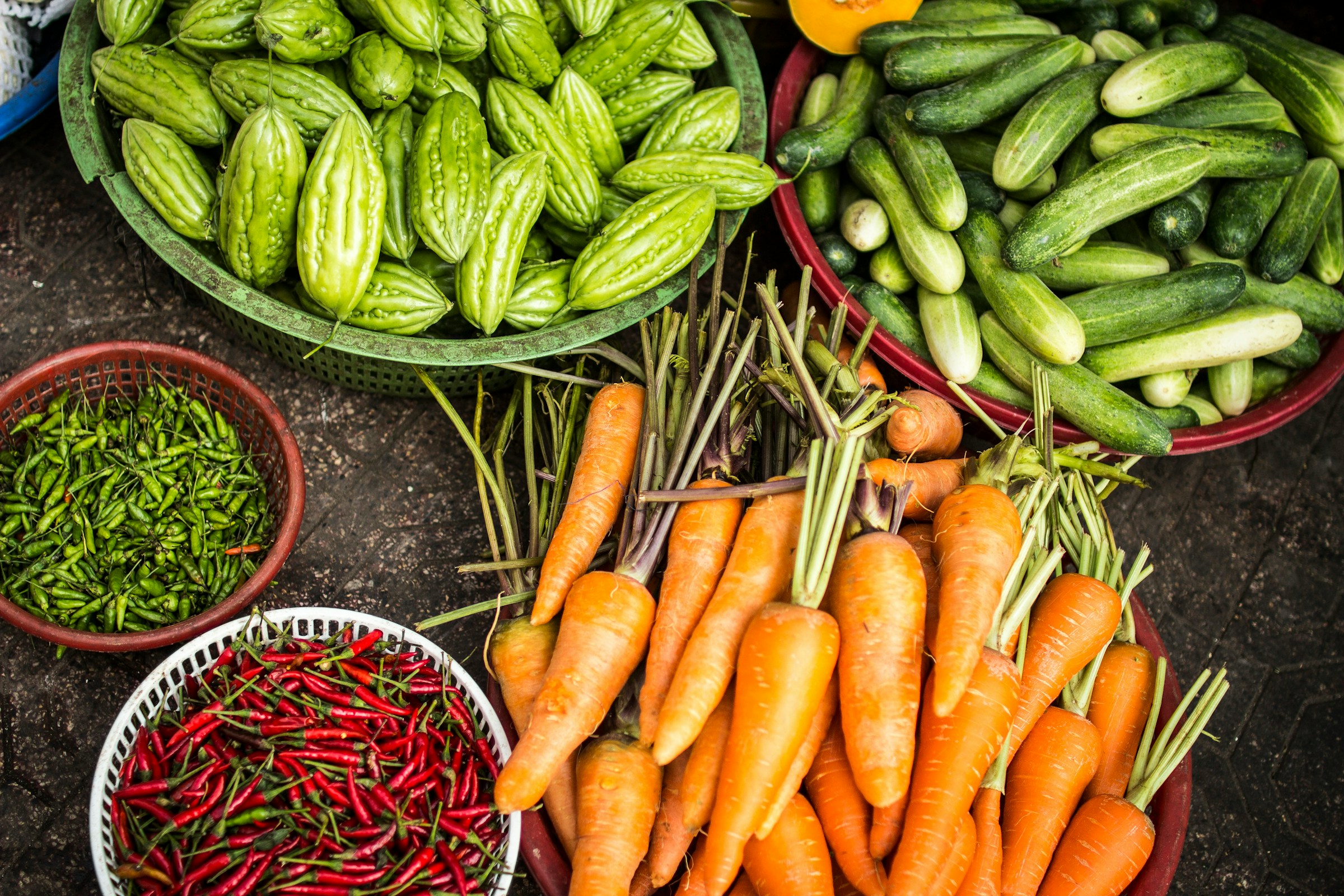
Resource
Carbon footprint of Scottish mussels and oysters
The Scottish Aquaculture Research Forum has published a study on Scottish produced suspended mussels and intertidal oysters.
The study considered the cradle-to-gate impacts of the shellfish, from spat collection in the case of mussels, and hatching in the case of oysters, through growing, harvesting, depuration, and packing ready for dispatch. To illustrate the carbon impacts of the full life cycle, a scenario is included that, based on various assumptions, illustrates the potential impacts of distribution, retail, consumption and disposal of the shells.